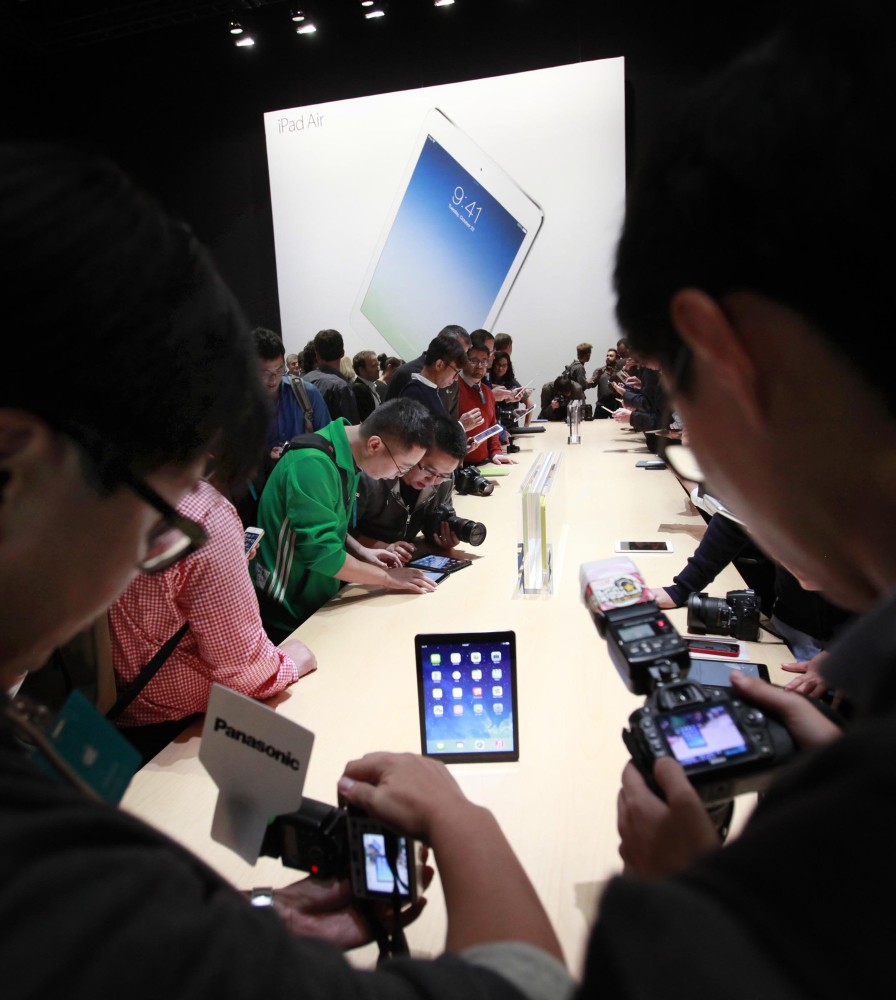By Ann Marie van den Hurk
Lexington Herald-Leader.
South by Southwest, the premier conference and festival for emerging technologies, ended recently.
The breakout technology was a live-streaming app called Meerkat that was on everyone’s iPhone. Conference participants were live-streaming parties, panels and just about everything else.
Live-streaming apps such as Meerkat, Stre.am, and uStream allow smartphone users to broadcast live. Live-streaming apps have been around for almost a decade in some form or another. But the technology, in terms of bandwidth and cameras, has improved greatly, making these apps more robust.
What makes Meerkat unique is that it has the added component of interaction via Twitter, allowing viewers to post comments during the live-stream. Twitter recently purchased Periscope to counter the success of Meerkat.
Why are live-streaming apps taking off? According to C.C. Chapman, co-author of business book “Content Rules” and a marketing consultant for social good, this resurgence of mobile streaming video shows there is a market for it. Being able to pull out your phone and, with a couple of clicks, stream to the world is a powerful thing.
Steve Garfield, social media traveler, angel investor and adviser, and video blogging pioneer, says that one click live-streaming platforms, like the iPhone, democratize storytelling and media creation for everyone. Chapman adds that live streaming can be powerful tools for businesses and organizations.
What Meerkat has done is make it simple to integrate with Twitter for sharing and commenting.
But Meerkat and other live-streaming apps have business implications, too.
The platform does not exclude its use from any sector, says Garfield, who has seen many news organizations use it, including CNBC, NBC’s “Today” show, Funny or Die, and reporters at the White House. Everyone can use the app and everyone can watch what is being streamed.
As a small business, should you participate in live streaming?
Chapman and Garfield agree it is worthwhile for businesses to experiment with Meerkat as early adopters. But Garfield suggests businesses do more than broadcast; they should acknowledge the people who have the ability to chat back and bring them into the conversation.
Karima-Catherine, co-founder of digital press relations agency Red Dot Digital, thinks of it as a live online community whose power is in its ability to engage people online. For her, it’s like a flash mob of social media.
While Meerkat is available only for iOS now, Garfield suggests using it as the easiest way to live-stream. It’s still early in the app’s development, so it might not have as much functionality, such as editing, but you can save your stream and post it on Facebook or YouTube to get more views.
Think of all the opportunities live streaming could provide for your business and the effects it could have.
Chapman shares some potential uses: A restaurateur could film the chef explaining the specials of the day. A boutique could show off the latest arrivals. A nonprofit could highlight the work it is doing in the field from anywhere in the world. The possibilities are endless.
Chapman cautions that the key with these tools, and really any platform like it, is that you have to build a community ahead of time for them to be useful. If you have no followers or interactions on Twitter, then Meerkat might be useless for you because no one will be watching. As with all social media, you have to build your audience to truly see the power of the tools. And you need a reason and a plan to use these tools.
As humans we love seeing things, which is why video is so popular, says Chapman. Streaming mobile video is intimate and immediate, two key components to great content.
___
ABOUT THE WRITER
Ann Marie van den Hurk, an accredited public relations professional, is principal of Mind the Gap Public Relations and author of “Social Media Crisis Communications.”














































































































































































































































































































































































